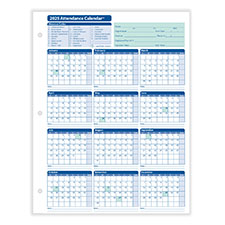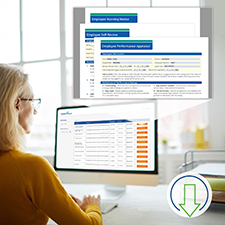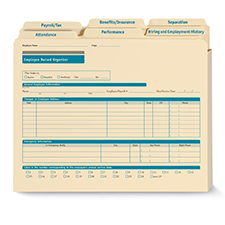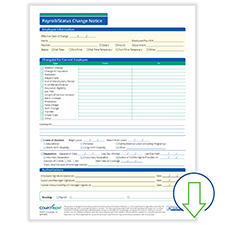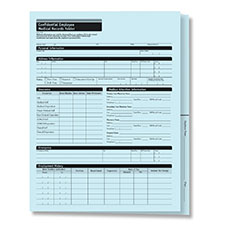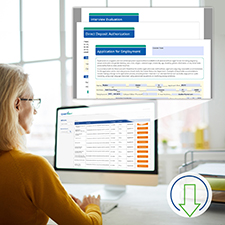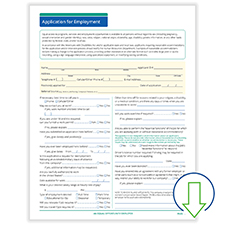
Not many managers enjoy the prospect of calling an employee into a disciplinary meeting. But if you look at it as an opportunity to provide goal-focused feedback, you can turn it into a positive tool for employee growth.
How is that possible? It starts with making sure you have a clearly defined code of employee conduct, scheduling regular performance reviews and documenting all disciplinary actions. By setting clear expectations and being consistent with your policies, you are in a much better position to handle employee disciplinary meetings in a meaningful way.
Setting the Stage for a Disciplinary Meeting
If an employee has violated your company’s workplace code of conduct or displayed unacceptable behavior, it’s important to respond immediately. Don’t ignore troublesome behavior hoping it will go away. This could set you up for problems later — from an employee claiming he or she didn’t know the behavior was a problem to other employees perceiving your lack of response as biased.
Instead, make it a practice to promptly issue verbal warnings to employees. Contact the employee, state the broken policy or unacceptable performance, discuss the expected changes, and provide a timeframe. Ask the employee for suggestions about how he or she can improve or correct the situation. Keep your tone professional, on topic and avoid bringing up other issues. Keep a record of your verbal warning in the employee’s file.
Escalating Your Response to Repeat Behavior
If an employee’s behavior or performance doesn’t improve after one or more verbal warnings, it may be time to issue a written warning and conduct a disciplinary meeting.
As part of a progressive discipline approach, a disciplinary meeting provides an opportunity to engage in a two-way discussion about performance issues that may hinder the employee’s continued value to your company. So, how should employers prepare for a formal disciplinary meeting? Consider these steps:
- Review the file. Scan the employee’s file and performance records to get a better understanding of past performance and behavior. Determine if the problem has occurred prior, and if so, how it was handled. If necessary, speak to the employee’s supervisor for additional information.
- Prepare for the employee discussion. If this is a formal warning, it’s crucial that you write out an employee warning notice collecting all the details of the issue prior to participating in the disciplinary meeting. Collect the facts on what and when the incident occurred and plan what actions you are taking now. Is this a first warning? Have you warned the employee about this before? Be very clear about the consequences should the incident occur again.
- Hold a meeting. Schedule a meeting with the employee (and his or her supervisor, if applicable). Let the employee know you wish to discuss a performance or behavior concern.
- State objectives. Start the meeting by stating why you called it, and what outcome you want to achieve. Review the employee’s performance records and point out any positive performance issues as well as the negative ones. Explain why certain actions are problematic for the business. Let the employee know he or she is valued by the company, and that you would like to help resolve the issue.
- Seek input. Ask the employee for ideas about how the situation or performance can be improved. Discuss specific goals, steps that will lead to improvement and any anticipated deadlines. Determine if additional training or supervision is needed to improve the situation. Keep your conversation focused on ways to improve, rather than placing blame or finding fault.
- Provide a copy. Give the employee a copy of the employee warning notice and place a copy in the personnel file. Discuss the timeline for a follow-up meeting to check on progress toward improvement goals.
Get Familiar with Technology
If you have a remote workforce, the key to a successful virtual disciplinary meeting is practicing with the select platform for a smooth, efficient process.
A secure system or software can ensure confidentiality, as well as easy accessibility to everyone involved. We recommend using a video conferencing system, rather than simply audio, for greater engagement. A lot of technology today allows recording, which you can seek permission from all parties involved before getting started. Also, if the meeting is interrupted due to poor connection or other issues, it’s okay to pause and reconvene when the issues are resolved.
Employers must also consider whether the employee involved has a disability that might affect their ability to use the technology. If so, be prepared to make reasonable accommodations to assist the employee during the disciplinary process.
The disciplinary meeting doesn’t have to be completely one-sided. It’s fine to engage the employee in the discussion regarding suggestions for improvement.
During the Meeting
It’s vital to keep your disciplinary meeting on track and productive. This includes:
- Maintaining privacy. Whenever possible, hold the meeting away from coworkers in a private area.
- Involving a witness. Inviting a third person, such as the employee’s supervisor, provides backup later if any disagreements arise about what was said. You can also ask the witness to sign the meeting documents to acknowledge their presence.
- Focusing on the current issue. Tell the employee in specific terms what the problem is and what improvement is expected. Explain the impact on the company or coworkers. Don’t bring up past problems or digress into other concerns.
- Being respectful. Listen to what the employee has to say and explain that you want to help him or her improve.
- Staying calm. Make sure you keep the meeting professional and focused on company policies or goals, and not personal issues. If the employee responds with anger, complaints, blame or emotional outbursts, remain calm and restate the goals.
- Stating the consequences. Make sure the employee knows what will happen if the improvement plan or changes you request are not made.
- Confirming employee understanding. Be sure the employee understands the next steps and consequences if changes are not made as outlined. Have the employee sign the disciplinary document.
After the Meeting
Here are steps you can take to make your employee discipline actions foolproof.
- Inform the employee what to do differently. The goal is not to punish your employee but to correct bad behavior and performance issues. Explain what they did wrong and give clear examples of what they need to do differently.
- Monitor the employee’s performance. After the meeting, you should monitor your employee’s performance. You should provide regular feedback, coaching, and guidance, and acknowledge any improvements or achievements.
- Arrange for follow-up meetings as needed. Plan when the next meeting will occur and what the expectations are for improvement by that time, as well as next steps if employee doesn’t meet the goals.
Properly Document Employee Discipline
Keeping an accurate record of all employee discipline issues, goals for improvement, deadlines and checkpoints is important for holding successful employee disciplinary meetings and for managing a progressive discipline process.





 Shopping cart
Shopping cart